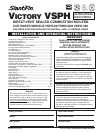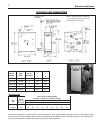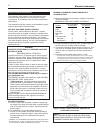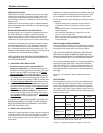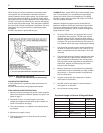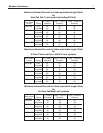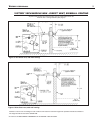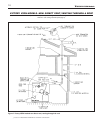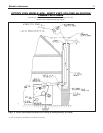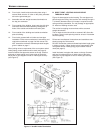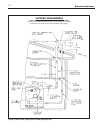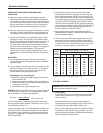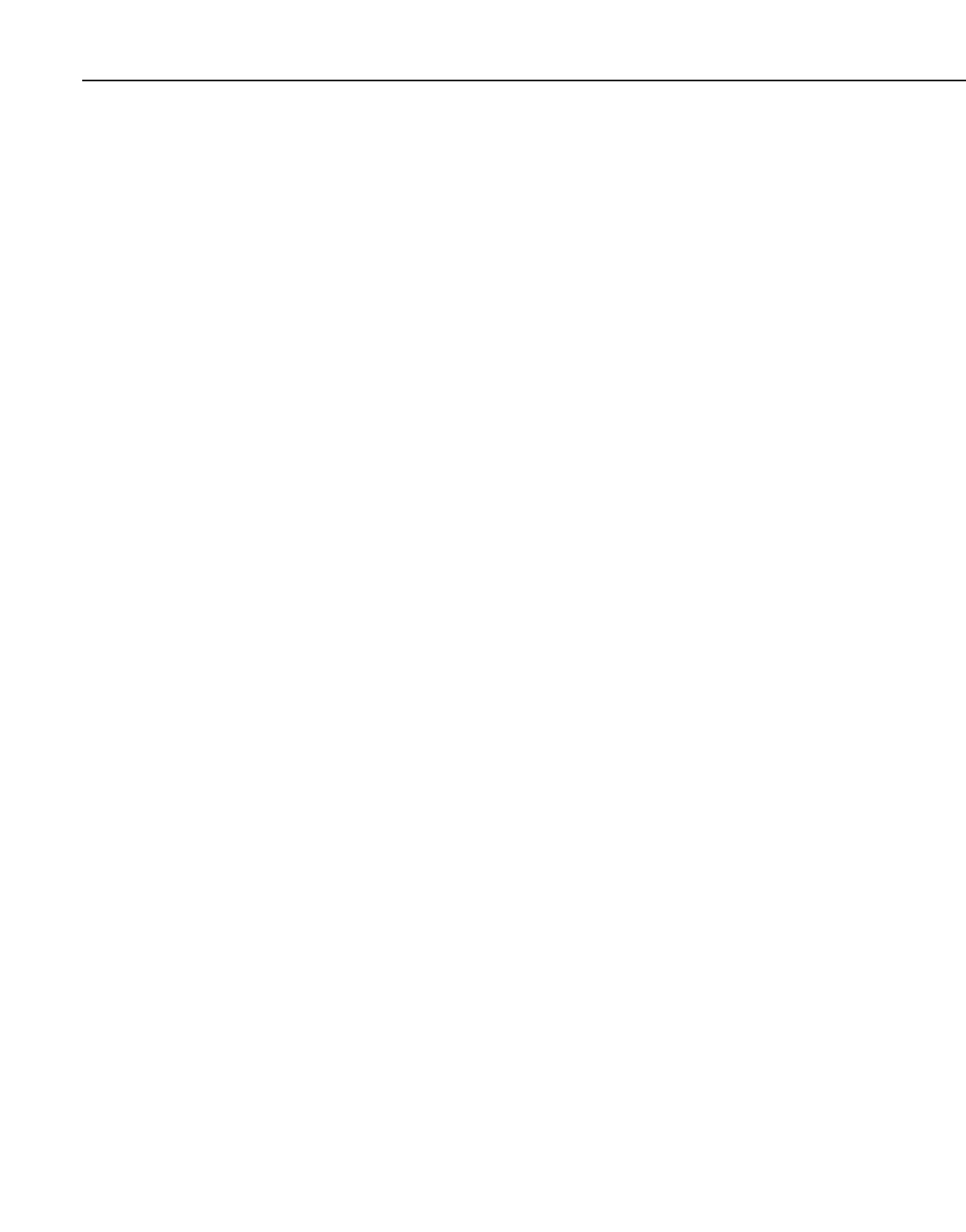
VI
CTORY VSPH Models
8
V
ENTING INSTALLATION
Follow the vent material manufacturer’s instructions in con-
junction with these instructions for venting system installa-
t
ion.
I. Non-Direct Vent Installation
The air for combustion is taken from the ambient air sur-
rounding the boiler; therefore, ample supply of air is required
for combustion and ventilation (see page 5.)
D
O NOT use this installation method if the surrounding of the
boiler is contaminated. The harmful corrosive contamination
may be from the chlorine-type detergents, cleaners, bleach-
es, and fabric softeners used in laundry or chlorine-based
swimming pool chemicals.
A. SIDEWALL VENTING - NON-DIRECT VENT
Figures 5 and 6 show typical horizontal sidewall venting. For
combustible wall passage of vent piping, a UL listed thimble
must be used, providing the wall thickness from 3" minimum
up to 12" maximum. The vent piping must terminate with a
screened tee or elbow termination facing down.
CAUTION: Flue gasses exiting from the vent terminal will
condense. Building materials in the area of the vent terminal
should be protected from discoloration and degradation.
VENT TERMINATION LOCATION AND CLEARANCES
1. The venting system shall terminate at least 3 feet above
any forced air inlet located within 10 feet.
2. The venting system shall terminate at least 4 feet below,
4 feet horizontally from, or 1 foot above any door, window
or gravity air inlet into any building. The bottom of the vent
terminal or air intake terminal shall be at least 12 inches
above grade or the normal snow level whichever is
greater.
3. Through the wall vents shall not terminate over public
walkways or over areas where condensate or vapor could
create a nuisance or hazard or could be detrimental to
the operation of regulators, relief valves or other equip-
ment. Minimum clearance of 4 feet horizontal distance is
maintained, from electric meters, gas meters, regulators
and relief equipment.
4. Vent termination must not be located in any confined
space (i.e. window wells, alcoves, narrow alleys) or under
any overhang or deck. Vent termination should not allow
flue gas discharge towards neighbor’s windows or where
personal injury or property damages can occur.
B. NON-DIRECT VENT - VERTICAL VENTING
Figure 7 shows typical venting through the roof. The vent
pipe must pass through the ceiling, floor and the roof verti-
cally through a 7" minimum diameter cutout. A fire stop is
required for each ceiling and floor penetration. For roof pas-
s
age, an appropriate UL listed roof flashing must be used.
An existing chimney (see Figure 8) may be used as a chase
f
or vertical venting. Other appliances CANNOT be vented
into the same chimney or vent pipe with in the chimney.
T
he vertical vent piping must terminate with a screened tee,
combination of 45˚ elbow and a 90˚ screened elbow termina-
tion or a rain cap termination.
II. Direct Vent Installation
Air intake piping from outside to the boiler air intake collar
provides the air for combustion. The boiler surrounding may
be contaminated with chlorine-based products such as laun-
dry detergents.
A. SIDEWALL DIRECT VENTING
Figures 9 and 10 show typical sidewall direct venting.
Slant/Fin vent/air intake termination MUST be used for this
method of installation.
CAUTION: Flue gasses existing from the vent terminal will
condense. Building materials in the area of the terminal
should be protected from discoloration and degradation. See
page 8 for vent termination location and required clearances.
VENT/AIR INTAKE TERMINATION INSTALLATION
1. Termination must be installed horizontally.
2. Refer to Figure 11 for installation details.
3. Wall thickness should be 3" to 12" thick
4. Follow instruction for “vent termination location and
clearances” explained on this page
5. Cut a rectangular opening with following dimensions in
the wall.
Height: 5
1
⁄4"
Width: 12
3
⁄4"
6. From outside of the wall, install outside termination
plate using 4 screws. Make sure the louvers are at
left side.
7. For combustible wall a 4" galvanized pipe must be
used as a wall thimble.
The length of the 4" galvanized pipe should be
approximately 1" shorter than the wall thickness.
8. From inside the building, fit galvanized pipe over 4"
collar of the outside plate.
9. From inside, fit 3" diameter air intake pipe over 3"
collar located on the air box of the outside plate.
(text continued p.13)



